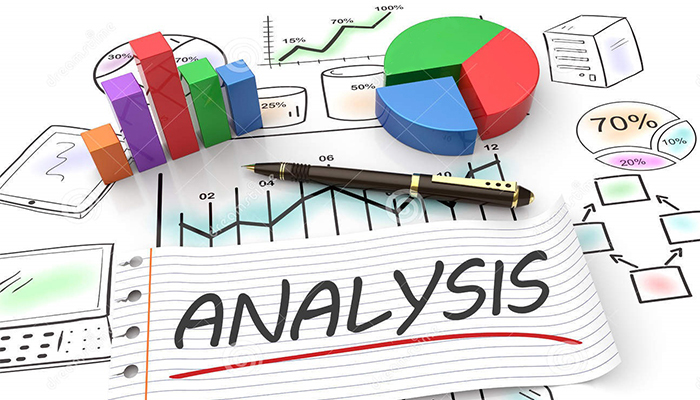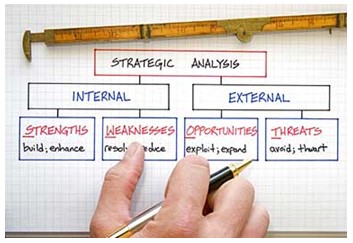You are now leaving the Strong Valley Wealth & Pension, LLC ("Strong Valley") website. By clicking on the "Schwab Alliance Access" link below you will be entering the Charles Schwab & Co., Inc. (“Schwab”) Website. Schwab is a registered broker-dealer, and is not affiliated with Strong Valley or any advisor(s) whose name(s) appears on this Website. Strong Valley is/are independently owned and operated. Schwab neither endorses nor recommends Strong Valley. Regardless of any referral or recommendation, Schwab does not endorse or recommend the investment strategy of any advisor. Schwab has agreements with Strong Valley under which Schwab provides Strong Valley with services related to your account. Schwab does not review the Strong Valley website(s), and makes no representation regarding the content of the Website(s). The information contained in the Strong Valley website should not be considered to be either a recommendation by Schwab or a solicitation of any offer to purchase or sell any securities.

In today’s business climate, it may be more important than ever for companies to operate at maximum efficiency and with a keen awareness of the potential impact of changes in their industry and the economy. Find out how a SWOT analysis can help – by taking a closer look at your company’s internal operations as well as its position in the marketplace.

In today’s business climate, it may be more important than ever for companies to operate at maximum efficiency and with a keen awareness of the potential impact of changes in their industry and the economy. Using a SWOT analysis to take a closer look at your company’s internal operations, as well as its position in the marketplace, may help you avoid costly mistakes, improve your management practices, and refine your long-term strategic goals.
The acronym SWOT stands for Strengths, Weaknesses, Opportunities, and Threats. A SWOT analysis is a strategic planning tool designed to assist an organization in identifying the internal and external factors likely to affect its ability to achieve its objectives. It can also be used to help management formulate ways to enhance processes and prepare for potential challenges. While some businesses regularly conduct these assessments, a SWOT analysis can be especially helpful prior to making a major strategic decision.
To conduct a SWOT analysis, start by evaluating where your company currently stands in each of the four categories. Under the heading “strengths,” list the areas where your business currently performs exceptionally well or possesses certain competitive advantages. Your company may, for example, have experienced and committed employees, a long history in the community, or products and services that have been shown to be effective. Under the heading “weaknesses,” make a list of areas where your company could show improvement. These weaknesses may include, for example, cash flow problems, high levels of debt, a key employee who is about to retire, or inefficient and aging IT systems.

If you have trouble developing an objective assessment of your strengths and weaknesses, imagine that you are viewing your business from a variety of perspectives, such as that of a client, a vendor, a staff member, or an investor. The comments you have received from others about your business can help you to determine more accurately the areas in which your group excels, as well as those in which improvement is needed.
Next, take stock of the external environment by evaluating potential opportunities and threats. When compiling a list of “opportunities,” think about the possibilities, both large and small, for expanding your offerings or creating new funding streams. These may include, for example, partnering with another business, adding new products, or intensifying marketing efforts in a new target demographic. Under the heading “threats,” list all of the outside influences that could prove detrimental, such as downturns in the economy, shifts in client demand, changes in the legal or political landscape, or natural disasters.
After compiling your own SWOT list, convene a meeting of members of your management team, professional advisors, and a representative group of employees. When discussing strengths and weaknesses, focus especially on where your company stands in each of these areas relative to competitors, the company’s capacity to grow and to take on new challenges, and how your company’s strengths and weaknesses make it more vulnerable—or more resilient—in the face of outside threats.
Once you and your team have compiled a thorough SWOT list, this information can be used by the company to streamline practices and formulate new strategies. A SWOT analysis can help your company build upon its current strengths, make plans to improve areas of weakness, and prepare to avert or cope with potential problems. Besides helping you hone your strategy and strengthen your position in the marketplace, a SWOT analysis can be useful when approaching investors and in improving your relations with board members, employees, and other stakeholders. A thoughtfully prepared inventory of your assets and liabilities, coupled with a strategic plan to act on those findings, can serve as tangible evidence of your management skills and willingness to take the action necessary to ensure that your business continues to meet or exceed its goals.



